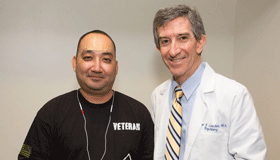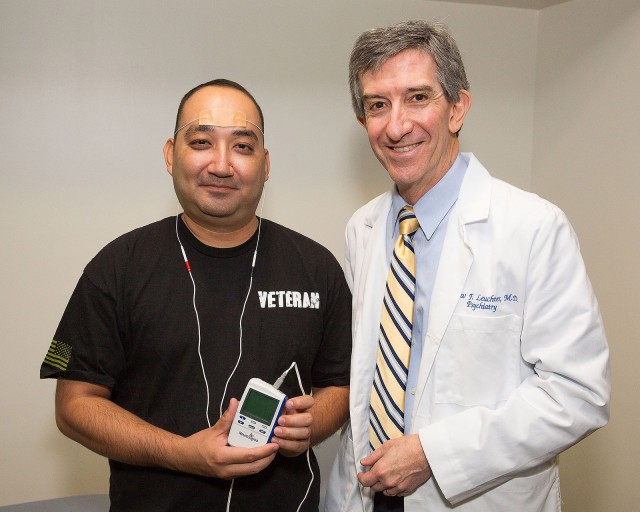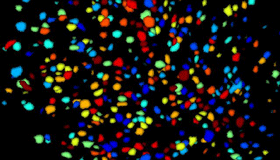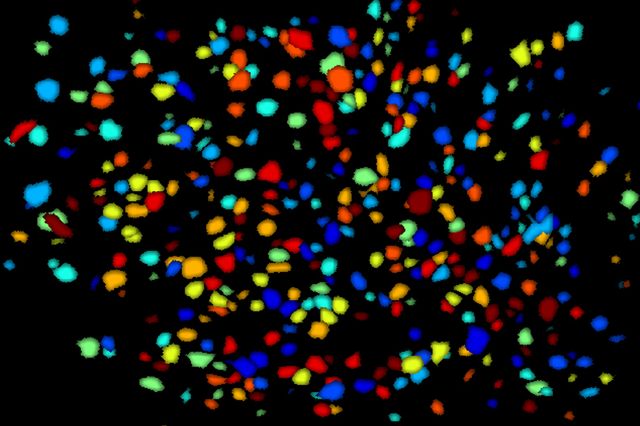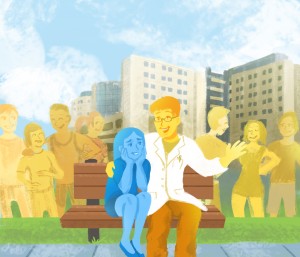

Scientists, including UCLA’s Jack Feldman (department of Neurobiology in the David Geffen School of Medicine at UCLA and a member of the UCLA Brain Research Institute), have pinpointed two tiny clusters of neurons that are responsible for transforming normal breaths into sighs, which could one day allow physicians to treat patients who cannot breathe deeply on their own.
Read more at UCLA Newsroom

